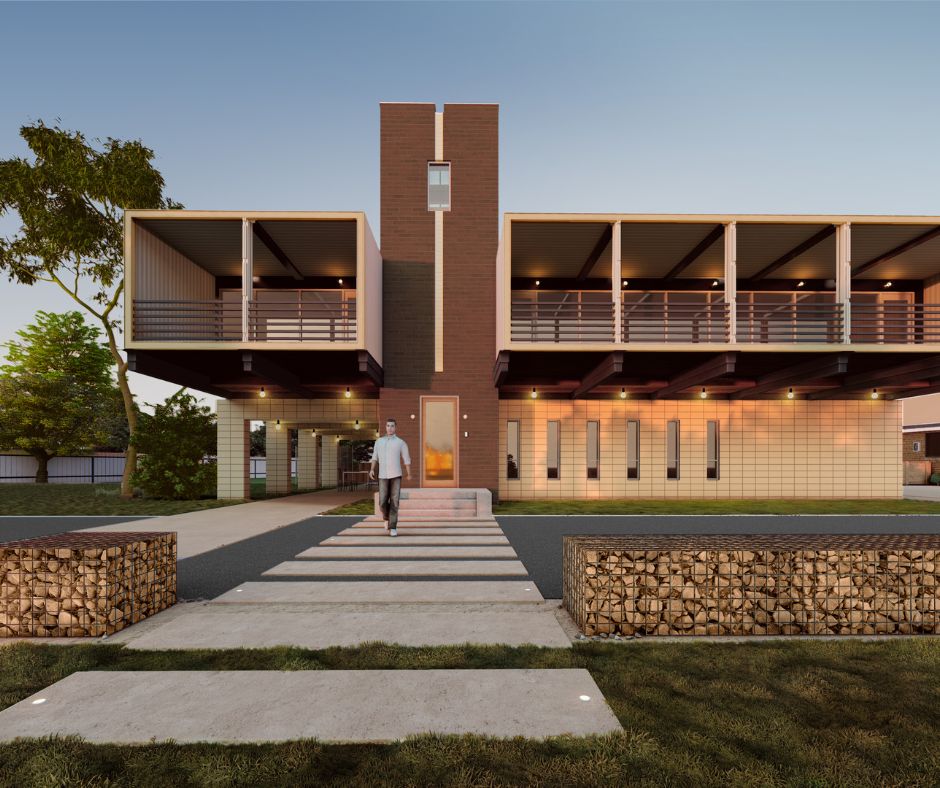
As the world increasingly embraces sustainable practices, the realm of architectural design has witnessed a profound shift towards green initiatives. In this context, 3D rendering emerges as a powerful tool not only to visualize architectural concepts but also to showcase and promote sustainable, eco-friendly designs.
Visualizing Sustainability
In the past, sustainable design elements often took a back seat in the visualization process. However, as environmental consciousness grows, architects and designers are leveraging 3D rendering to highlight and celebrate green features. From energy-efficient building materials to green roofs and solar panels, 3D renderings provide a visual narrative that emphasizes the integration of sustainable elements within the architectural framework.
Reflecting Eco-Friendliness
3D rendering enables architects to showcase the sustainability of materials in unprecedented detail. From recycled wood textures to low-impact finishes, the choice of materials can be vividly presented to clients and stakeholders. The visual representation of sustainable materials not only enhances the aesthetics of the design but also communicates a commitment to environmental responsibility.
Harnessing Natural Light
Incorporating natural light into architectural designs is a cornerstone of sustainable practices. Advanced 3D rendering tools allow designers to simulate daylight conditions throughout the day, showcasing how natural light permeates and interacts with interior spaces. This not only enhances the visual appeal but also underscores the importance of reducing reliance on artificial lighting, contributing to energy efficiency.
Flourishing Ecosystems in 3D
Sustainable architecture often involves integrating green spaces and eco-friendly landscaping. 3D rendering provides a canvas to illustrate lush greenery, living walls, and biodiversity within the design. It allows stakeholders to visualize the symbiotic relationship between built structures and the natural environment, fostering an appreciation for the balance between urban development and ecological preservation.
In conclusion, 3D rendering serves as a potent ally in the promotion of sustainable design practices. By visualizing and celebrating green elements, architects can not only create aesthetically pleasing designs but also inspire a collective commitment to building a more sustainable and eco-conscious future. The integration of green design in 3D rendering signifies a paradigm shift towards environmentally responsible architecture, where visual storytelling becomes a catalyst for positive change.
Please contact us at studio@quickviz.com to get a quote for your 3D renderings today!
© Quickviz 2022. All rights reserved.